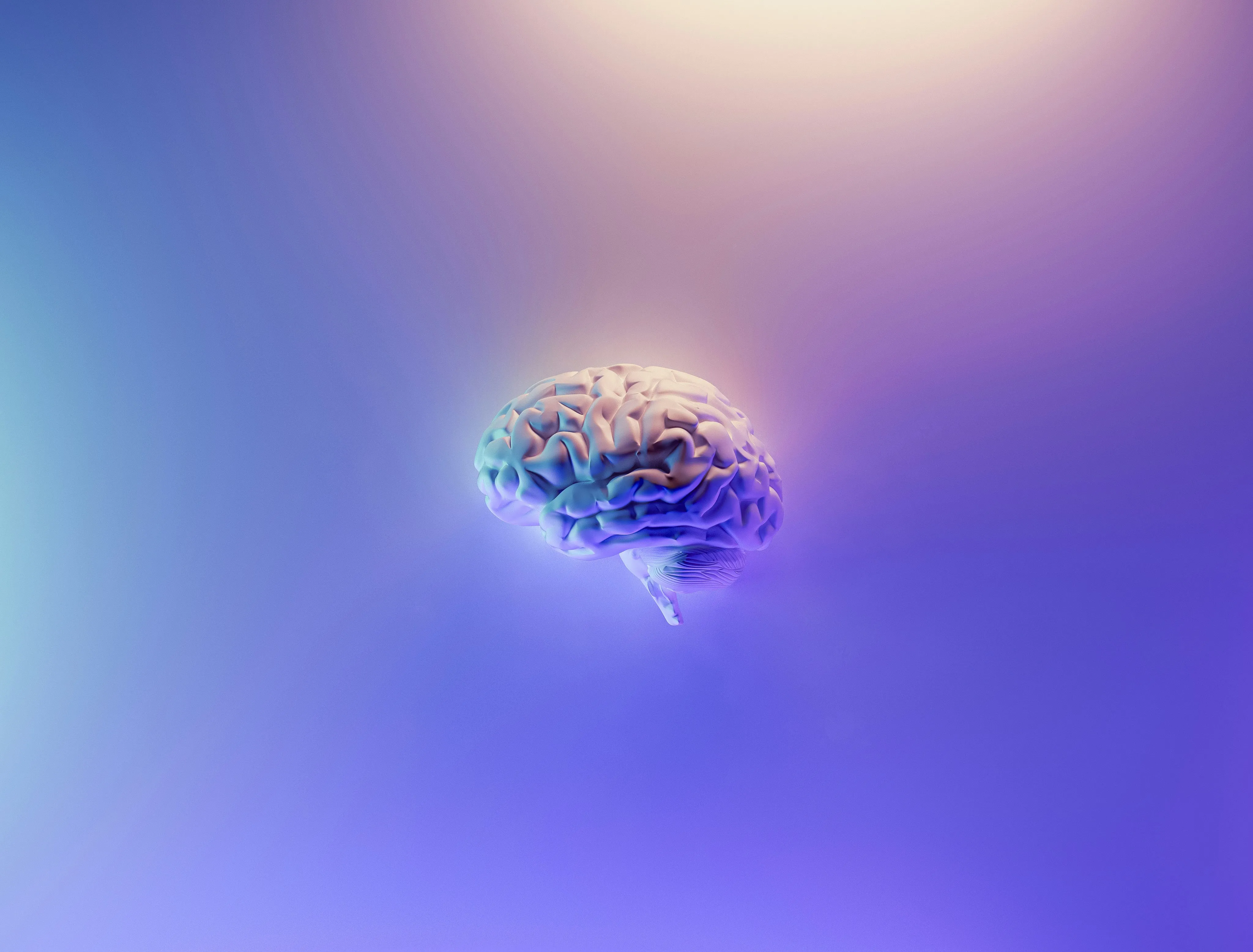Do you remember what your childhood bedroom looked like? You’re probably surprised by how much you’re able to recall, even though it might be many years ago since you’ve seen it. It’s the power of our visual cortex that makes this possible.
We can use this to learn faster. For example, the Chinese character 学 (learning) can be broken down into the parts 子 (child), and 冖 + ⺍ (schoolhouse). I used this fact to visualize a child in a schoolhouse (with a leaky roof), learning hard for his exams.
This visual representation is what helped me remember over 2000 characters. And it’s the same trick memory champions use to remember thousands of digits of pi. And companies like Sketchy medical use this technique to make memorizing medical concepts much easier.
The method behind it is called memory palace.
What
The memory palace (also called method of Loci or Journey method): a technique developed by the ancient Greeks and Romans to remember long speeches, which uses visual associations to remember abstract information (mnemonics).
Why
Unlike your memory for words and concepts, which is very limited, your visual cortex can store a virtually unlimited amount of rooms, building and other places in great visual and spatial detail.
We can use this to our advantage, and remember information we need to learn visually, rather than abstractly.
How
With your head
Choose a list of items you want to remember, like a list of definitions for your next exam.
Now, take these three steps:
- Choose a space you’re very familiar with. A good example is the childhood bedroom you recalled a few days ago, or even better the whole house you grew up in.
- Now, imagine yourself at the entrance of the house. We will place an image representing the first item there.
- Associate your item with an image that is as vivid, funny, bizarre, disgusting and multisensory as possible. This makes your image memorable. Create as many associations as possible.
- Place this image at the entrance of the house. Maybe next to the mailbox, or inside the door opening. Again, really visualize it there, maybe even smell or hear it.
- Move to the next place in the house (maybe the hallway, or the shoe rack, or the coat hangers). You can take steps as small or big as you like, as long as it forms a logical route through the space. Repeat the process: associate the second item on your list with a vivid image, and place it along the route.
The process of recalling these items is very simple. Rather than trying to search your memory, you’re just going to take a walk along the route you just created. You will “see” the weird images, and the only thing for you to do is translate the images back into the original meaning.
If you want to learn more about build memory palaces, check out this detailed guide to creating a memory palace by my friend Anthony Metivier.
In Traverse
When building a memory palace in your head, it’s already pretty solid. You can probably recall a list of 15 items the next day without much effort. But over time, the items still slowly fade out of memory.
To make it stick forever, you can combine the memory palace with active recall and spaced repetition.
Use the tree-structure of Traverse to build your memory palace and divide it into rooms and locations. At each location, create a flashcard where the questions is simply the name of the location, and the answer is your vivid image that helps you remember the item.
Now you can use your flashcard reviews to periodically revisit your memory palace.
Check this template for an example.
Example
Sketchy medical created a great memory palace to remember the Glycolysis process. A candy chest represents glucose, energy drinks bottles represent NAD+, Seaguls represent ADP and so on. I’ll leave your imagination to come up with the story for the other side of the equation.
This example shows how visualizations can be made even more memorable by telling a A few emails ago I asked you what your childhood bedroom looked like. You probably have no problem recalling it now, which, as you know, is due to the power of the visual cortex.
In the next article, we’ll add the final ingredient to our study system: feedback.


